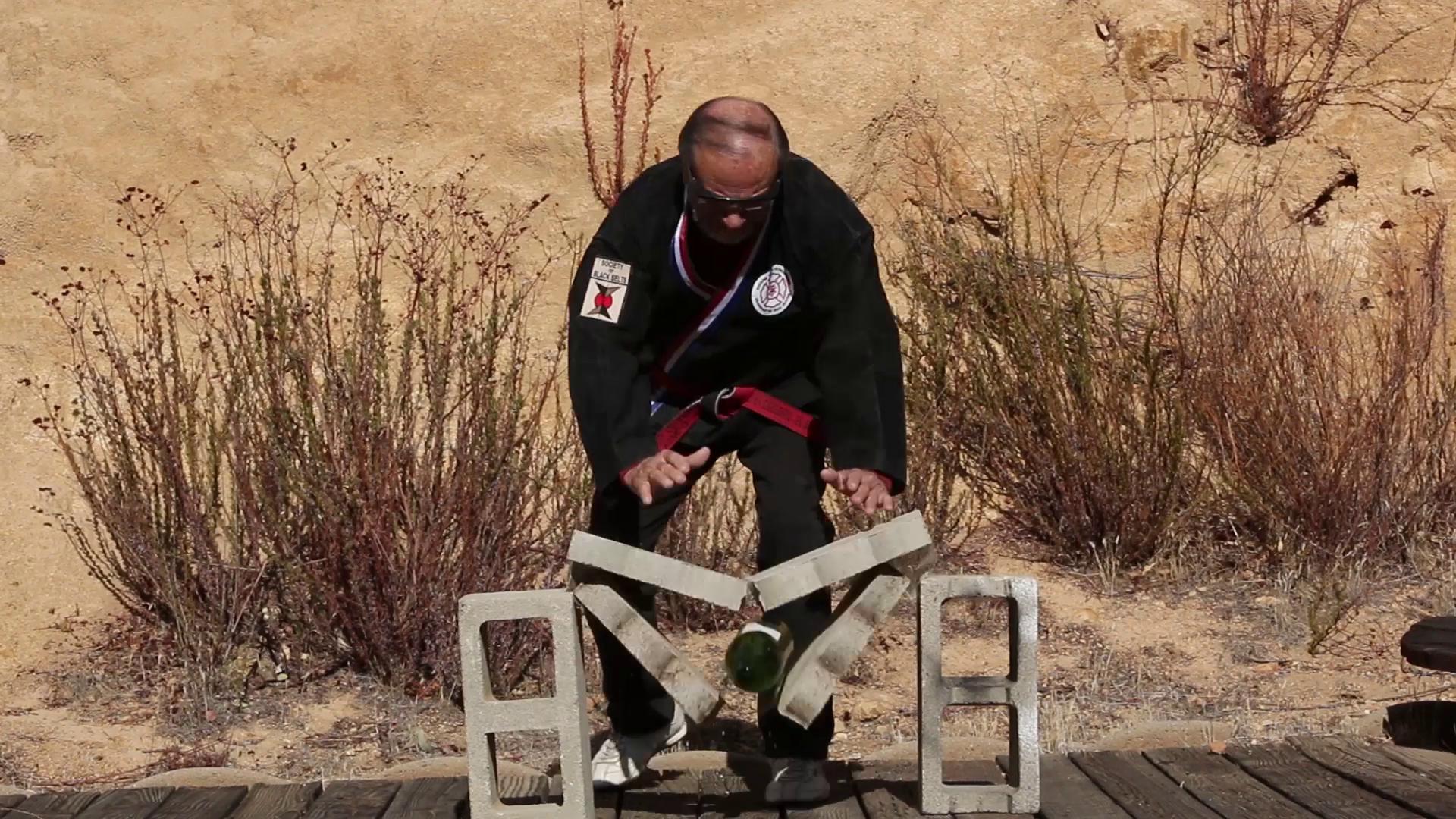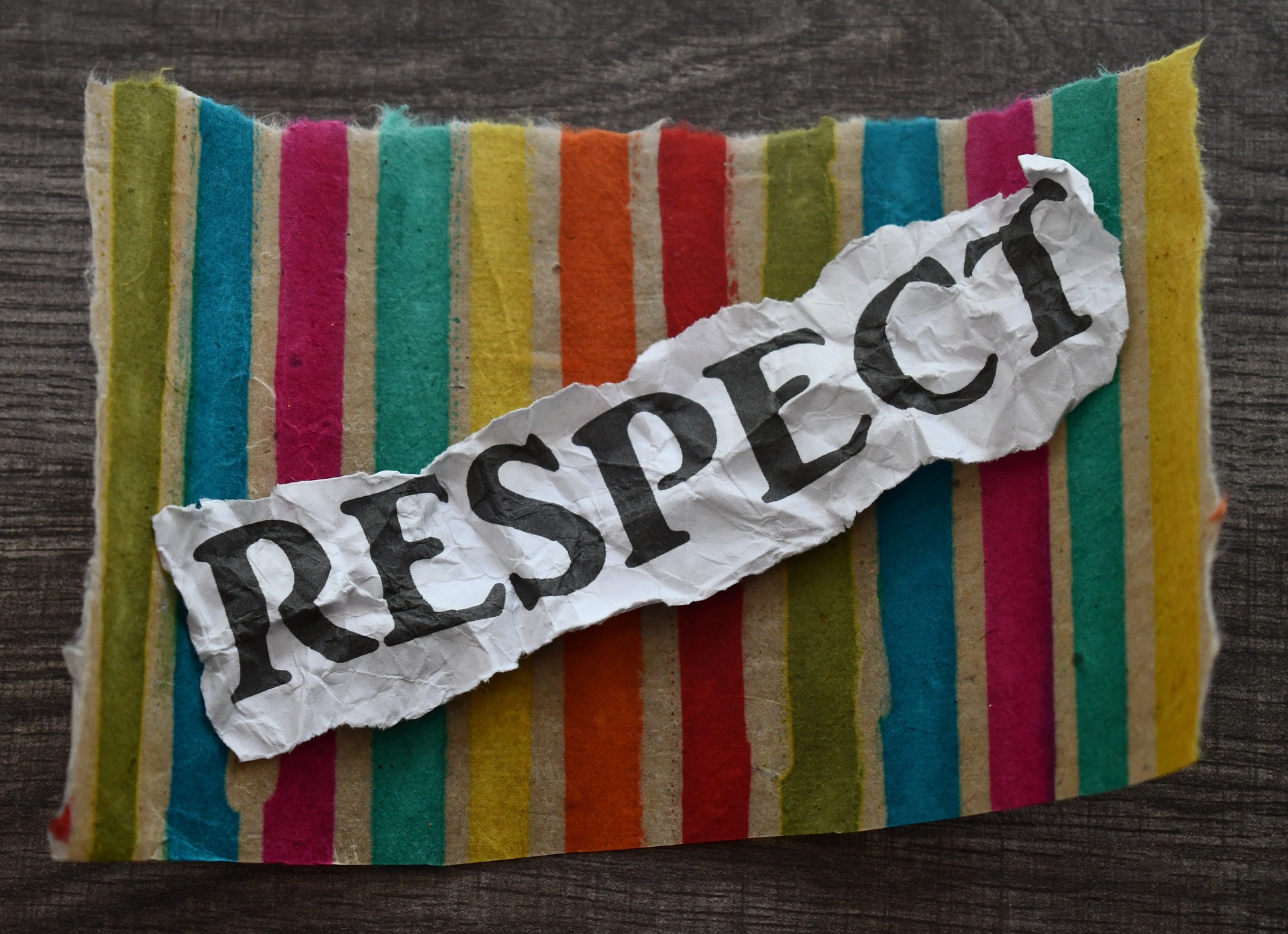
Our Children’s Curriculum runs differently than our Adult Curriculum. First, we divide the curriculum into age group programs: 3-4 years old, 5-6 years old, 8-10 years old, and 11-14 years old. This helps all the students learn because they are with their peers, not younger or older kids.
- During the enrollment session, each child goes through an evaluation to see if they are mature enough to begin training at our school and at which program she should start.
- Our programs are organized by maturity level. We use a student’s age range as a starting point for the evaluation.
- We educate and teach Kempo through skill-based games.
- There are three levels, beginner, intermediate, and advanced, each with three ranks for a total of nine belts.
- Students gain a skill stripe on the second or third exposure to the skill after they pass the skill requirement for that stripe.
- Once a student gets all the stripes, the student can test out of the belt rank.
- The program teaches martial arts skills, not techniques found in the Adult program. See my article on Kempo Karate for Children (Ninja Kids) about how skills are better than techniques for younger Peewee students.
Each program has nine belt ranks that they learn in order, three beginner ranks, three intermediate ranks, and three advanced ranks. There are two issues with this structure. First, a student completes all nine ranks before being old enough to graduate to the next program. Or, a student gets older because of a birthday or growth spurt and is now ages out of the program.
Let’s tackle the first issue. The student graduates from the final belt rank in their current program. The new belt rank is the first intermediate rank of the new program. In our school, that’s Orange Belt. The first three ranks in the program are the entire curriculum of the previous program. This is how all four programs are set up. The student now learns new material because the student has demonstrated competence during the last course.
The next issue is a bit more complicated. If a student has a birthday or has a maturity growth spurt, she may be ready for another program. In this aging out situation, the Enrollment Advisor re-evaluates the student for the next program, just as if they were new students. Two things will happen. If the student passes the evaluation, she will move to the next program after her next belt rank test.
| Current Rank | New Program Rank |
| White, Yellow | White |
| Gold, Orange, Red | Yellow |
| Purple, Blue, Green | Gold |
| Brown | Orange |
If the student doesn’t pass the evaluation for the new program, she stays in the current program. She will get a further assessment after the next test, as directed by her instructor.
We found this system works the best for all children involved. Remember, the age range is a guideline, not a rule. Children mature at different times. The maturity of the student’s emotional capability, coordination, and following-directions ability can, and often are, at different stages. We want the best fit for all our students. Trust in our system of placement.
No student is behind if they are at a different age program than their age. Our entire breath of children’s programs is our way of developing the best student martial artist. It’s not a race through the ranks. We want excellent martial arts skills, and we want these skills to build carefully and deliberately. There are no short cuts. We find that once the students hit middle school age, their previous training in our programs will catapult their technical skills in the following programs. Patience pays off.
The transition from program to program is consistent and fair for everyone involved. Our age-based classes also have a different teacher to student ratios. The younger children have a smaller ratio, while the older children have a higher ratio. This focus on each student’s ability and instructor’s attention is what makes our dojo school extraordinary.
If you have any questions, please contact your Enrollment Advisor.



